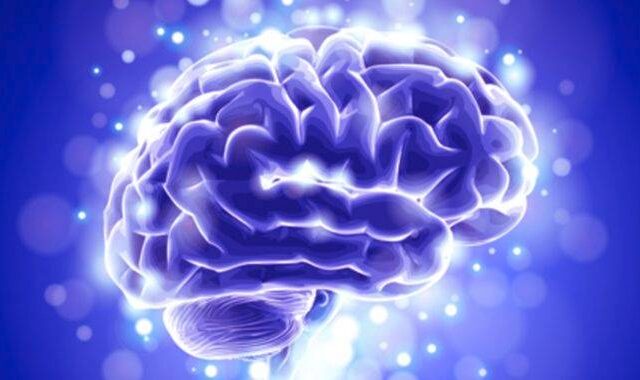Alzheimer’s disease is a devastating condition that not only causes memory loss but over time leads to progressive neurodegenerative symptoms and death. Unfortunately, though we have identified some risk factors for the disease, there is no cure and few effective treatments.
For years, however, we’ve known that people with Alzheimer’s are at an increased risk of experiencing seizures, including silent seizures, and further exploration of this facet of the disease might lead to powerful interventions.
What is a Silent Seizure?
As much as 10% to 26% of individuals with Alzheimer’s will experience seizures at some point during the course of the disease, but to assert that people with the condition are disproportionately prone to such events is insufficiently descriptive. That’s because, while some of these seizures are of the typical convulsive variety, the more significant ones for our purposes are known as silent seizures because they aren’t outwardly visible.
Thus, silent seizures are externally invisible, and we know they involve neuronal hyperactivity, but the fact that Alzheimer’s patients experience these seizures isn’t the primary point of interest. Rather, as research supported by the Brain Research Foundation suggests, these seizures may actually cause the disease to spread. Wherever silent seizures happen, beta-amyloid plaques and neurofibrillary tangles form.
A Form of Neurologic Damage?
We’ve long known that seizure disorders can cause neurological damage. Children with particularly serious seizure disorders may show cognitive and physical delays and even lose skills after they’ve developed them.
In patients with intractable seizures, the event may even be fatal. But the type of small seizures caused by overstimulated neurons, in the case of silent seizures, typically wouldn’t be a serious cause for concern, especially in adults with fully formed brains. So what’s different about silent seizures in Alzheimer’s patients?
Part of the problem is that the seizures appear to originate in the hippocampus, the area of the brain involved in memory formation. Clearly, ongoing complications in this portion of the brain will inevitably lead to difficulties with memory, even if it doesn’t inherently affect the motor function or other basic abilities.
When treated for these seizures, some patients saw a significant reduction in confusion – but in order to treat them, doctors and families first need to realize that they’re happening.
Other Seizure Correlations
Even if we can’t outwardly observe the silent seizures that seem to chart the path of Alzheimer’s-related brain changes, other seizure correlations may be helpful in predicting Alzheimer’s disease, perhaps even before symptom onset. In one study, among a group of patients between age 50 and 69 admitted to the hospital with a first seizure, one-quarter developed dementia.
Another study found that veterans over age 55 who experienced seizures were twice as likely as their peers without them to develop dementia.
Clearly, there are multiple, complex interconnections between seizures and Alzheimer’s disease as well as other forms of dementia. It will take time to evaluate these links, especially since Alzheimer’s can only be confirmed formally after an autopsy.
The more attention scientists and doctors pay to these two conditions in relation to each other, however, the more quickly we’ll be able to reach useful conclusions and, we hope, lessen the impact of these devastating conditions on individuals and their families.



Lastest Posts
Lifestyle
Big Game Hunting in The Iberian Mountains: Must-Visit Destinations for Hunters
Education
How machine translation is changing the industry: When to use it and when to avoid it?
Health
EEG Analysis: Technology Connecting the Brain to the Future
Marketing
Advancements in Solar Panel Technology: Illuminating the Path to a Sustainable Future
Lifestyle
How to Build a Capsule Wardrobe: Essentials for Every Man
Lifestyle
Women in the Catholic Church: Roles, Recognition, and Calls for Change
Marketing
Experiential Marketing for Brands: Crafting Unforgettable Consumer Connections